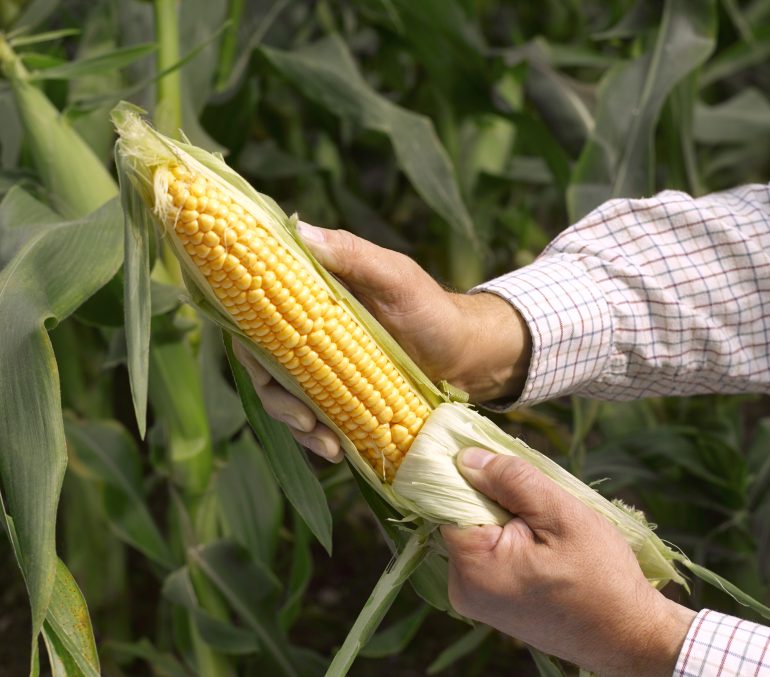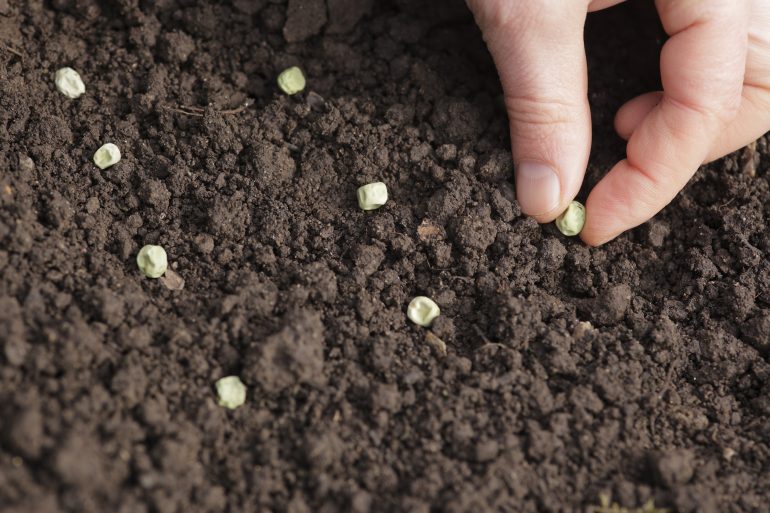Linking spring with summer, the sixth month of the year brings with it warmer climes, longer days and a riot of natural wonders. It also means there’s plenty to do in the garden, from mowing the lawn once a week to hoeing borders and weeding. But the highlight of the month has to be all the delicious vegetables to grow in June. In fact, there are so many options, it’s hard to choose which ones get planting priority. Fortunately, we’ve done the digging for you, rounding up a list of the best of June’s potential crops.
Pak choi

Pak Choi (also known as bok choy) plants growing in vegetable garden (Credit: CreativeFire via Getty Images)
Whether sauteed, steamed or in a salad, this cousin of the cabbage is a mild-tasting multitasker. Sowed indoors or outside, in a container or directly in the garden, Pak choi is one of the most versatile vegetables to plant in June. All it needs is a nice shady spot and plenty of water, and it produces salad leaves within one month and a full sized rosette within three.
Sweetcorn

Checking the quality of sweetcorn while harvesting. (Credit: Peter Dazeley via Getty Images)
Sweetcorn is usually associated with endless fields of sky-high stalks on an industrial scale. The tallest corn plant ever recorded reached a height of 48 feet, or around two and a half times the height of a giraffe. However, it usually only grows to a more manageable eight feet and is perfectly practical to grow at home. In fact, this allows it to be eaten fresh, when it’s at its sweetest. When planting sweetcorn as a veg to grow in June in the UK, it can be planted outside or, if sown indoors earlier, it can be moved there.
Turnips

Turnips being pulled from the ground. (Credit: PeopleImages via Getty Images)
June is smack dab in the middle of prime turnip sowing season, so it’s a great time to get them planted, ready for harvesting throughout the summer. Just find them a sunny spot in moist soil and keep them watered and they’ll be good to go in around six weeks.
Peas

Sowing peas into the soil (Credit: temmuzcan via Getty Images)
They say the average Brit eats 9,000 peas every year, so why not eat them fresh? Whether it’s mangetouts, sugarsnaps, or garden peas, the method is roughly the same and the homegrown varieties are much sweeter. And, while it’s best to give them an early start indoors from March or April, they’re definitely an option as veggies to plant in June. The best part? It only takes three or four weeks to taste the results.
Marrows and Courgettes

Picking courgettes in a vegetable garden (Credit: Westend61 via Getty Images)
For those looking for veg to grow in June that will keep on growing, courgettes and marrows are the way forward. Both are members of the cucurbita family, with courgettes the young and marrows the mature version. The seeds can be sown outdoors at this time of year, ideally in rich soil in a sunny position.
Kohlrabi

Planting kohlrabi into the soil (Credit: Westend61 via Getty Images)
If the standard fare of supermarket veg is getting monotonous, Kohlrabi is a great veg to plant in June to get something different. This crisp, sweet, and refreshing brassica is not usually found in the veggie aisle, so homegrown is the way to go. It can be steamed or roasted, but it’s best eaten raw, on its own or in salads. Harvestable from six weeks, it’s also on the faster end of the growing scale.
Rocket

Green young organic rocket grows on a bed in the ground (Credit: letterberry via Getty Images)
A member of the mustard family, rocket’s peppery pep adds spice to any salad. What’s more, it does so quickly, going from seed to plate in as few as four weeks and can keep producing for months. That, plus its compactness are just some of the reasons it’s so popular among the vegetables to plant in June.
Salad Days

Wooden box full of homegrown salad vegetables (Credit: alvarez via Getty Images)
Beyond rocket, the thirty days of June are perfect for growing a variety of salad faves, including lettuces, spring onions and radishes.
Harvesting and Plant Care

A vegetable grower proudly holds tomatoes. (Credit: Mint Images via Getty Images)
Aside from vegetables to grow in June in the UK, it’s also a time for harvesting those planted earlier. These might be tomatoes, squashes, chillies, leeks or any number of other possibilities.
It’s also worth remembering, as well as causing flowers and veg to grow in June, the sunny weather and longer days encourage weeds. That’s why it’s important to keep up with weeding and hoeing.
Vegetables to Harvest In June

Ripe red cherry tomatoes. (Credit: Aleksandr Zubkov via Getty Images)
There you have it, a roundup that’s rooted in practicality and variety, perfect for the UK gardener eager to get their hands dirty this June. Whether it’s the swift satisfaction from a crop of rocket or the anticipation of a sweetcorn harvest, the veggies to plant in June offer a little something for every taste.












